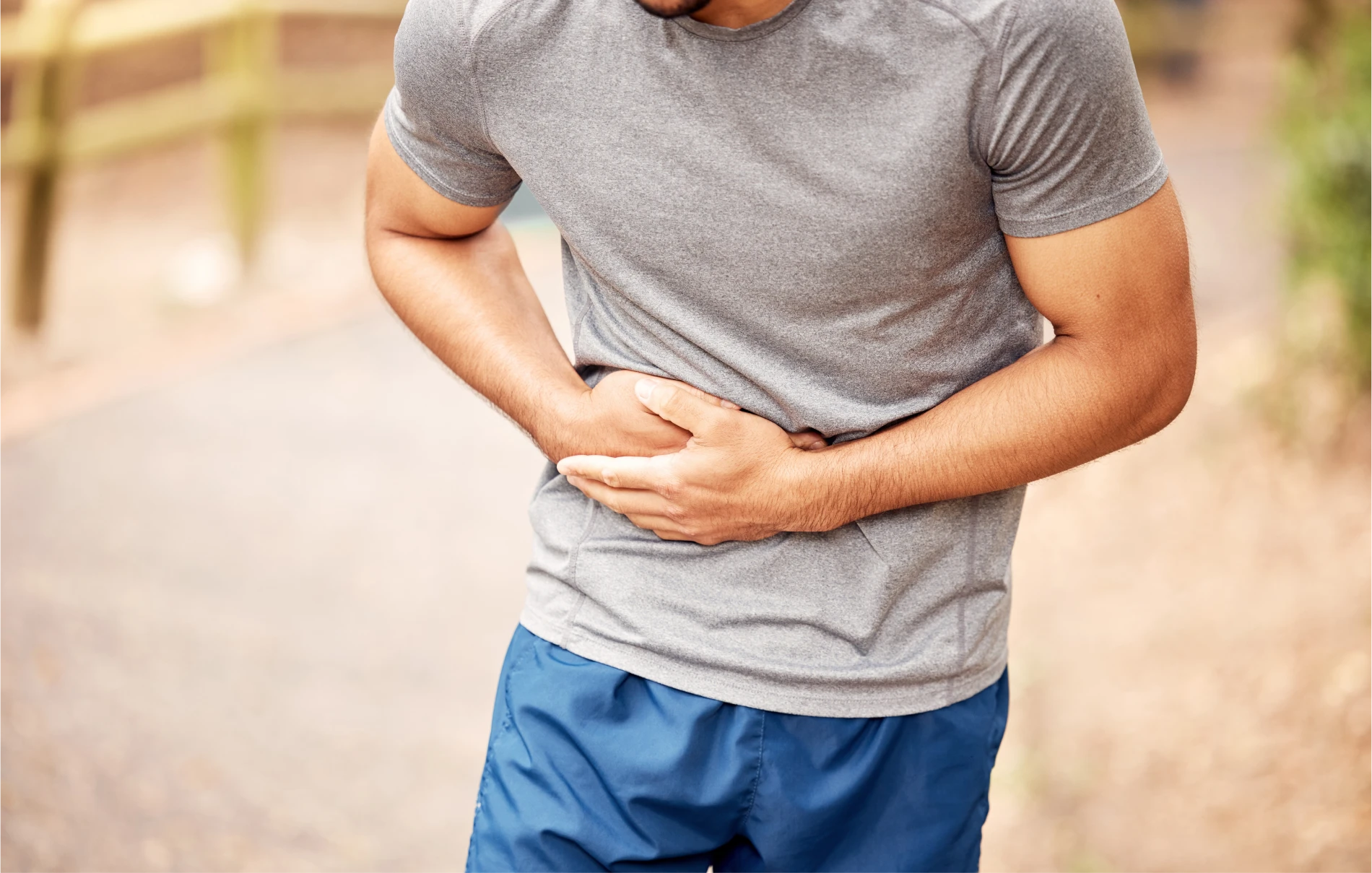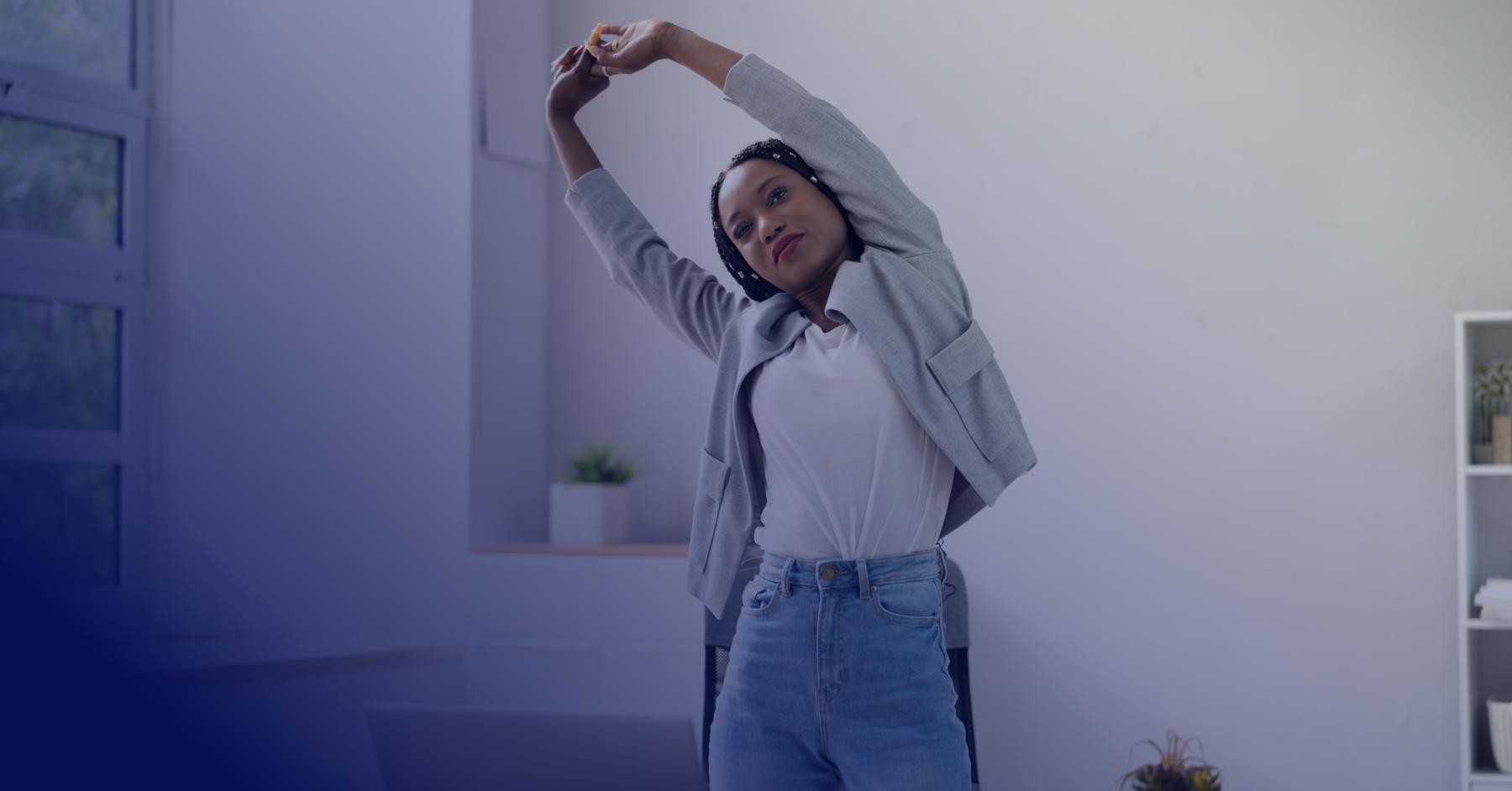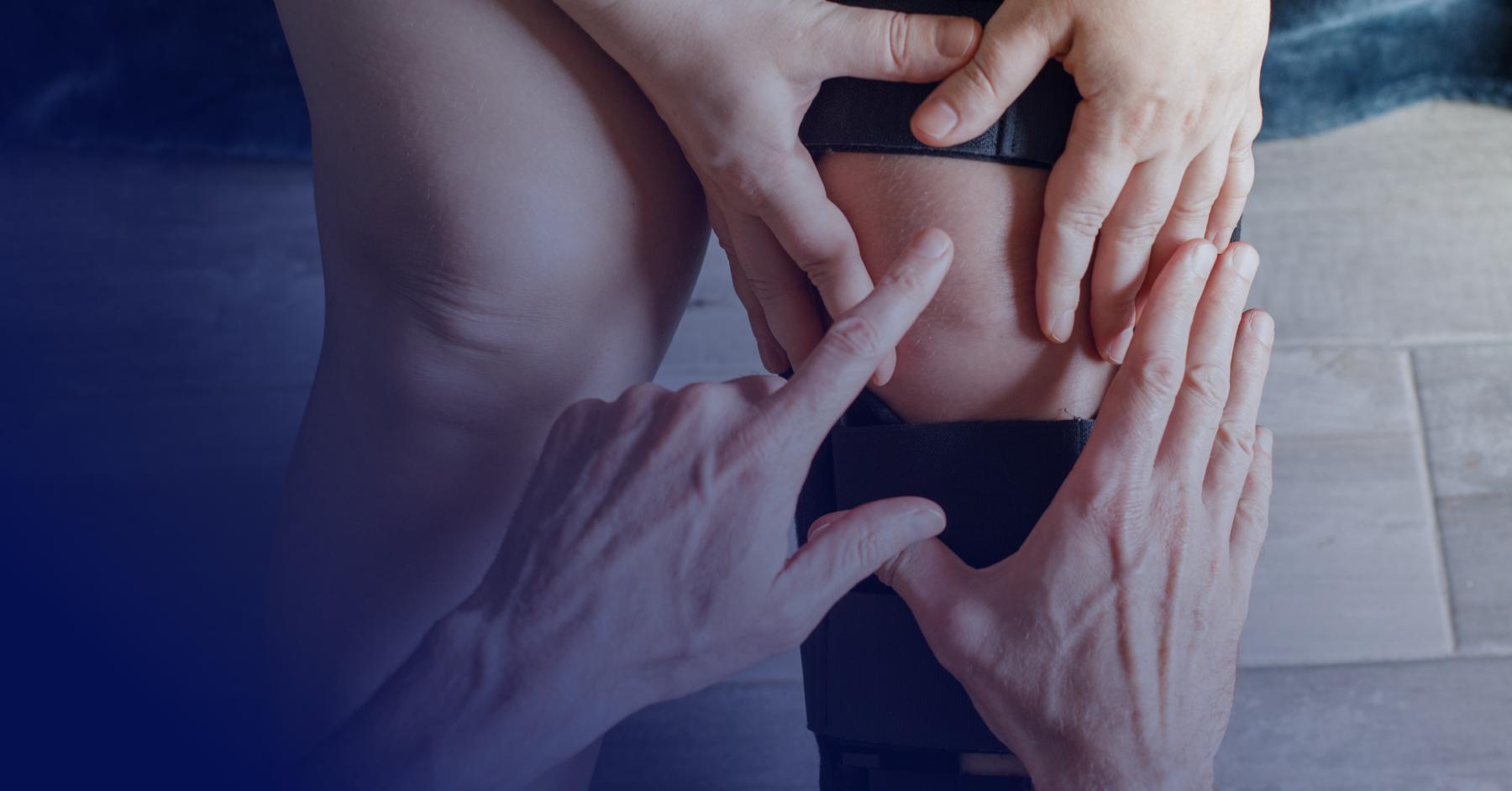7 Ways to Treat a Sports Hernia
Sports Medicine

A sports hernia differs from a regular hernia but can be just as painful. Here’s what you can do to treat it.
Is that pain in your lower abdomen a hernia or a sports hernia? If you play rigorous sports like football or hockey that require sharp twists and turns of the pelvis with your feet planted, you likely suffer from a sports hernia or athletic pubalgia.
According to one study, around 5% to 28% of athletes experience a sports hernia, the symptoms of which include pain at the time of injury, followed by an unspecified dull ache in the lower abdomen and groin. There may also be a sharp pain when you sit up or are active after a period of rest. Pain when coughing or sneezing is common as well.
So, what exactly is a sports hernia, how is it different from a regular hernia, and what are your treatment options? Here’s a brief primer on what you need to know.

Sports hernia vs. regular hernia
A sports hernia occurs when the soft tissues of the lower abdomen — the muscles and tendons — are damaged or torn. Forceful stretching of the tendons attaching the oblique muscles to the pelvis can lead to a significant risk of tears. If either your hip or abdominal muscles are weak, you’re at greater risk of a sports hernia.
On the other hand, a regular hernia has nothing to do with a tear in the abdominal wall. Instead, a gap develops in the abdomen through which your intestine or other soft tissue protrudes. Although a sports hernia can cause a hernia, the two conditions are considered separate.
To diagnose a sports hernia, your doctor will perform a physical exam and ask you to do some exercises, such as a sit-up against some resistance. If you feel pain, you probably have a sports hernia. Imaging tests such as an ultrasound or MRI may also be done to rule out other conditions, such as hip arthritis.
Seven ways to treat a sports hernia
Sports hernias don’t heal on their own but respond quite well to conservative methods like anti-inflammatory medications, ice therapy, and rest. However, if those treatments fail, surgery is usually the next step in effectively treating the pain and getting you back to your athletic endeavors. What type of treatment and how long your recovery takes depends on the severity of the damage. Typically, one of these seven methods can help you feel like yourself again:
- Rest. Rest for seven to ten days after the pain begins. Athletes should stop any activity that could exacerbate the injury or pain. While athletes have the highest incidence of a sports hernia, non-athletes can suffer one, too. In that case, they, too, must avoid any movement harmful to the abdominal muscles.
- Ice therapy. While resting, apply an ice pack to the injured area for 20 minutes several times daily. This will bring down the swelling and pain.
- OTC medications. Over-the-counter nonsteroidal anti-inflammatories such as ibuprofen and naproxen can reduce the pain.
- Steroids. Your doctor may also prescribe corticosteroids if you require stronger pain relief.
- Core exercises. Strengthening your core muscles can help heal a sports hernia and prevent another one from occurring. But rest first before switching to exercises. One to try is an abdominal crunch: Begin by reclining on your back with your feet touching a wall. Your knees and hips should be bent at a 90-degree angle. As you tighten your abdominal muscles, lift your head and shoulders off the floor. Cross your arms across your chest to avoid straining your neck. Hold for three breaths. Return to the starting position and repeat. Always stop if you feel intense pain.
- Physical therapy. Work with a physical therapist to strengthen the abdominal and thigh muscles and make them more flexible. One medical study found that an active rehabilitation program successfully reduced pain and enabled patients to return to their sport. However, as with any exercise, rest for about two weeks before beginning physical therapy, or you could potentially make the injury worse.
- Surgery. If conservative methods fail, surgery is an option. Recommended only as a final resort, an open or laparoscopic surgery can repair the damaged tissue. Recovery from surgery can take up to 12 weeks.
Concentrate on your core
Pain in your abdominal muscles can mean a sports hernia that needs to be checked out. At All Sports Physical Therapy, our physical therapists can review your symptoms, diagnose the problem, and develop a tailored treatment plan to get you back on the playing field. Contact us today for a consultation.



